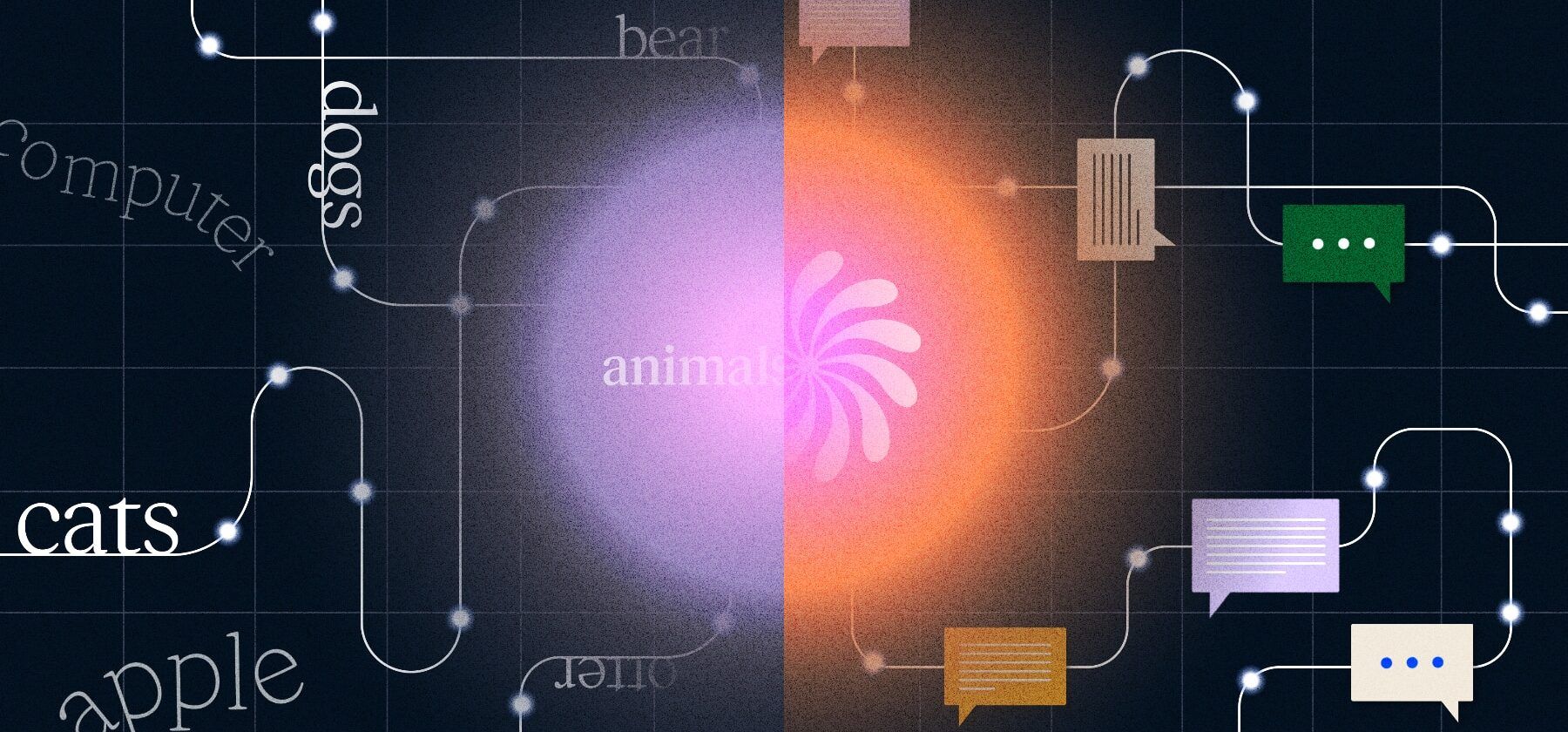In a groundbreaking scientific pursuit, researchers are on a mission to bridge the gap between humans and the animal kingdom. The quest to translate animal sounds into human language has captured the imaginations of scientists, linguists, and tech innovators alike. From whales’ songs to the chatter of primates, the sounds animals make have always intrigued us. But what if we could decode them and understand their thoughts, emotions, and intentions?
The Fascinating World of Animal Communication
Animals communicate in a variety of ways, including vocalizations, body language, chemical signals, and even electrical impulses. While humans primarily rely on speech and writing, animals express themselves through complex systems of sounds that convey important information. These might include warnings of danger, mating calls, territorial markers, or even emotional expressions like joy and distress.
Scientists have long known that animals are capable of rich communication, but understanding the true meaning behind their sounds has been a major challenge. This is where the race to translate animal sounds into human language comes into play.
Groundbreaking Efforts in Animal Sound Translation
A number of recent technological advancements have accelerated the study of animal communication. Researchers are now using sophisticated techniques such as artificial intelligence (AI), machine learning, and acoustic analysis to decode the sounds made by various species.
- Whales and Dolphins: One of the most ambitious projects involves decoding the songs of whales and dolphins. These marine mammals are known for their complex vocalizations that could be used to convey detailed information. Using underwater microphones (hydrophones) and AI, scientists are analyzing patterns in the animals’ sounds, hoping to discover structured language systems similar to human speech.
- Primates: Non-human primates such as gorillas, chimpanzees, and orangutans share a remarkable similarity with humans in terms of social structures and emotional expressions. Research on their vocalizations, body language, and facial expressions has provided fascinating insights. Recent studies suggest that some primates may use a form of “proto-language” that could potentially be understood with further analysis.
- Dogs and Cats: Dogs, known for their barks, growls, and howls, are perhaps the most familiar animals to us in terms of communication. Advances in AI are now being used to detect patterns in dog vocalizations, helping owners understand their pets’ moods and needs. Similarly, researchers are investigating the sounds that cats make to determine whether there are different “languages” for various situations, such as hunger or affection.
- Birds: Birds are known for their impressive array of calls, songs, and chirps, each serving a distinct purpose, from attracting mates to marking territory. Efforts to translate these sounds focus on mapping them to behaviors or emotions. For example, certain bird species, like crows, have been shown to use tools and possess cognitive abilities that suggest a deeper level of communication.
The Role of Artificial Intelligence in Translation
One of the key factors driving the race to understand animal language is the application of AI and machine learning. By analyzing vast datasets of animal sounds, researchers can use algorithms to identify patterns and correlations between vocalizations and behaviors. Over time, these models could enable AI to translate animal sounds into human-readable language, unlocking a whole new world of interspecies communication.
Moreover, AI-powered translation systems could be used to monitor animals in their natural habitats, helping conservationists understand behavioral changes, track endangered species, and improve animal welfare.
Ethical Considerations and Challenges
While the potential to communicate with animals is exciting, there are numerous ethical considerations surrounding this breakthrough. For instance, how will we use this newfound knowledge? Will it alter the way we treat animals, especially in research settings? And will it raise questions about animal rights and autonomy?
Additionally, there are significant challenges in translating animal sounds accurately. Animals, especially those in the wild, might not have a consistent or standardized way of communicating. The context of a sound—whether it’s made in excitement, fear, or aggression—can also influence its meaning, making the translation process extremely complex.
The Future of Animal Communication
The race to translate animal sounds into human language is still in its early stages, but the progress being made is promising. As technology continues to evolve, we may soon find ourselves closer than ever to understanding what animals are trying to tell us. The potential applications of this research are vast, from improving pet care to enhancing our efforts in wildlife conservation.
In the coming decades, the communication barrier between humans and animals might just break down, allowing us to forge deeper, more meaningful connections with the creatures that share our planet.
Conclusion
The race to translate animal sounds into human language is one of the most exciting and ambitious scientific endeavors of our time. With advances in AI, machine learning, and acoustic analysis, we are taking significant steps toward understanding the inner worlds of animals. While there are still many challenges to overcome, the dream of truly communicating with animals may not be as far-fetched as it once seemed. In the near future, we might just have a new way to “speak” with the creatures around us.











